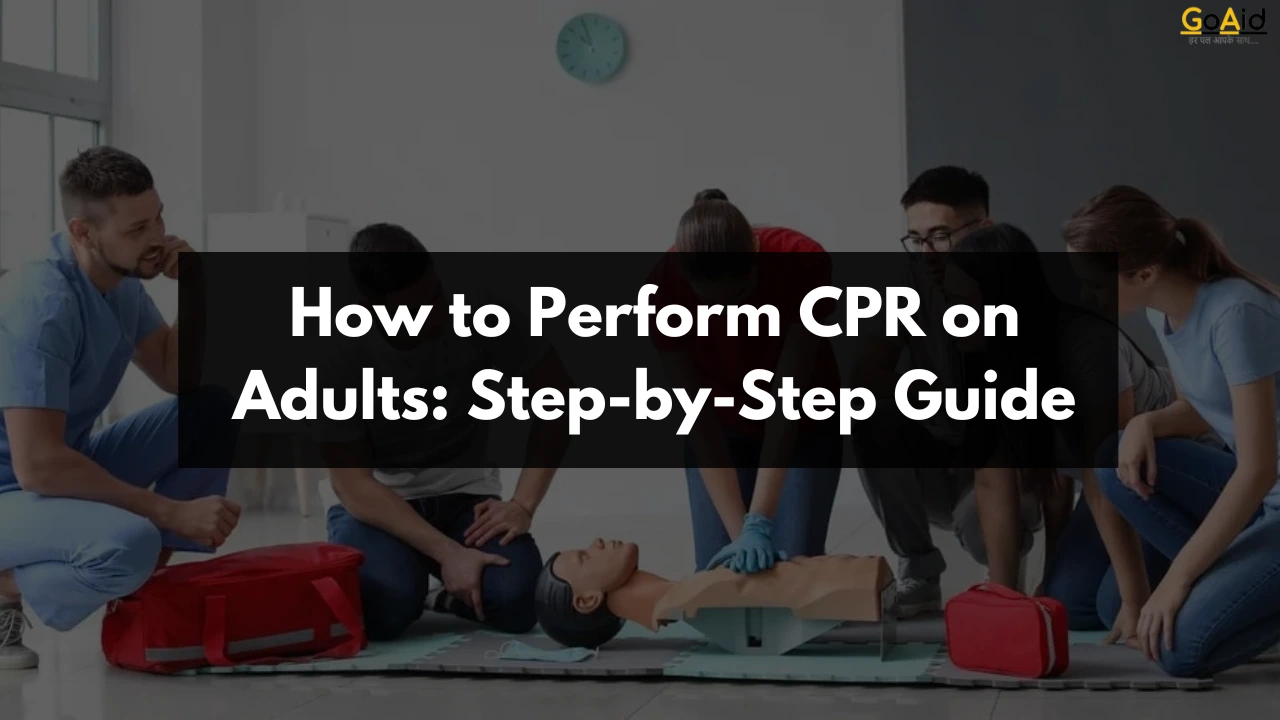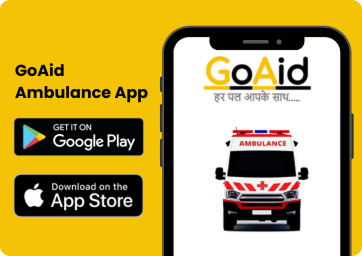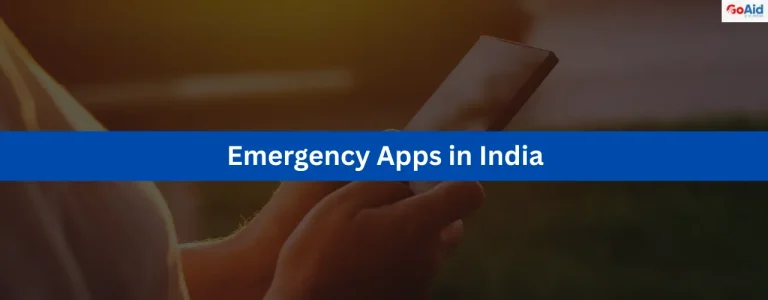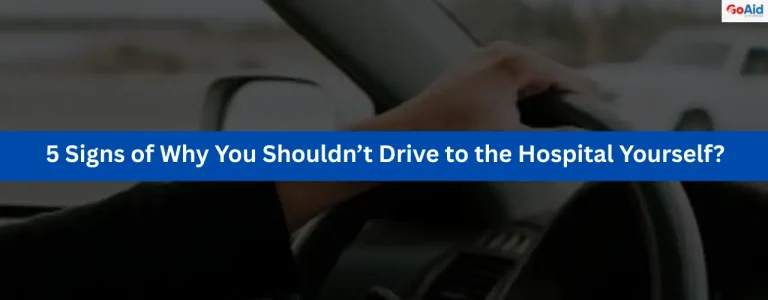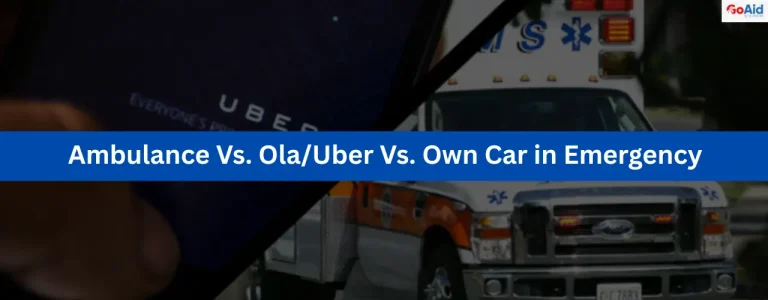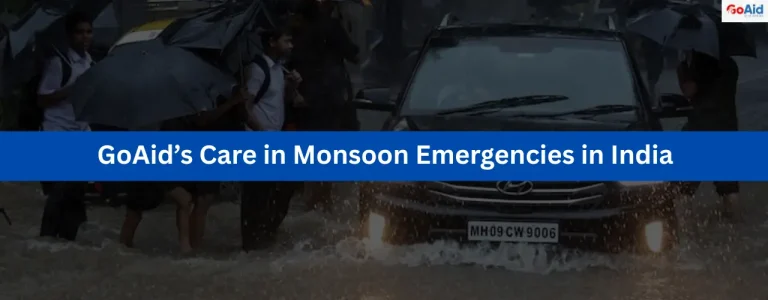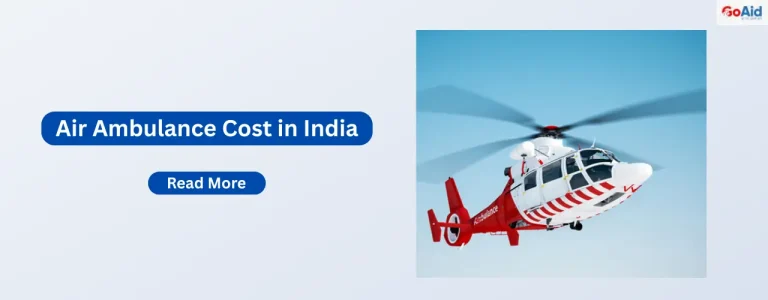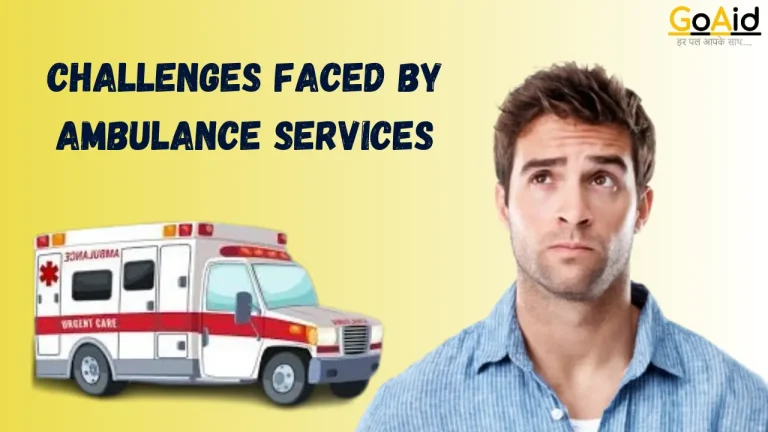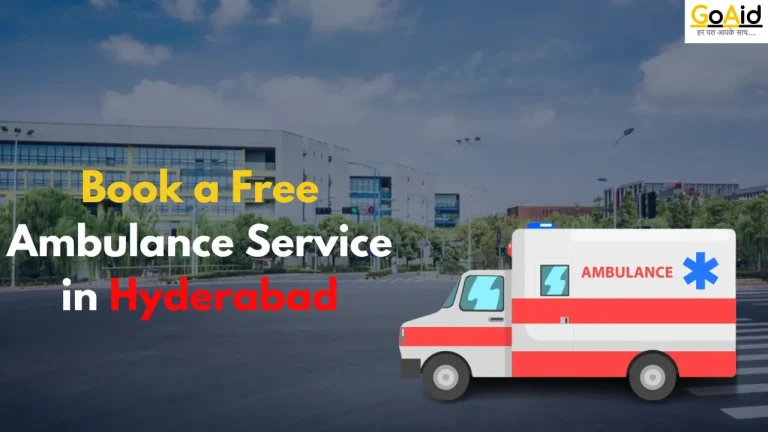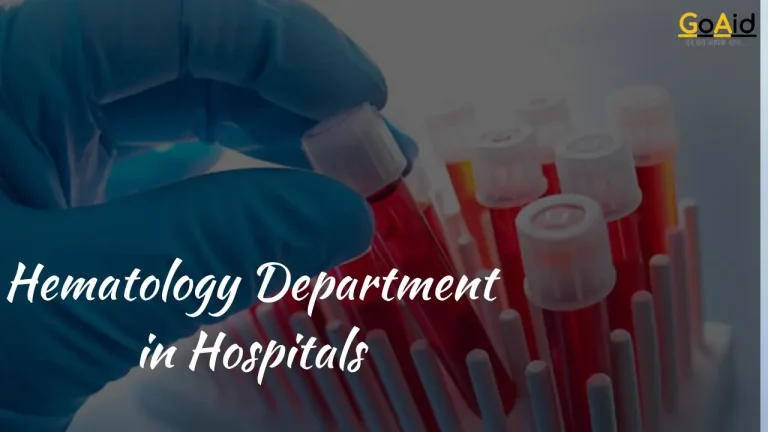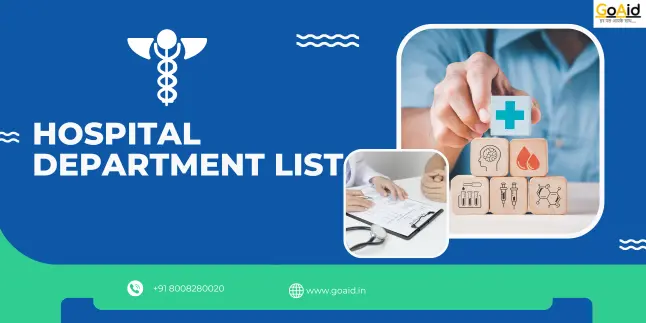We all have heard about CPR, but knowing about it is a crucial thing. It can save lives in immediate emergencies. Those who know about ŌĆśHow to perform CPR?’ are heroes of our society.
If you are unaware of CPR, then you can learn it from this blog, because in this blog we are going to tell you everything about ŌĆśHow to perform CPR?ŌĆÖ
Also, if you are excited to know all the preparation of CPR, How to Perform CPR? How to give CPR to a baby, an adult, or an elderly person, then youŌĆÖll be having all your guidelines in this blog. We have explained all the factors of learning ŌĆśHow to Perform CPR?ŌĆÖ in this blog.
So, letŌĆÖs start our CPR learning journey:
CPR Steps: Quick Reference
When an adult is unable to breathe, is gasping for breath, or is unconscious and unresponsive, you should perform CPR in that condition.
When CPR is performed on infants and children It is used when someone is not breathing normally and is not responding.
What does CPR Stand for?
CPR stands for Cardiopulmonary resuscitation. Cardio presents your heart. Pulmonary refers to the lungs. It can help someone survive cardiac arrest. If you are not trained for CPR you can help someone by using hands-on CPR.
Why is CPR done?
If a person’s breathing or heartbeat stops, he needs to be given CPR immediately. Because when the heartbeat stops, the body does not get enough oxygen, so the body cells start dying rapidly. Brain cells die in a few minutes. If they do not get oxygen in time, it can cause serious damage to the person or even lead to death. According to some studies, if more people know how to give CPR, then many lives can be saved because the right to give CPR on time doubles the chances of survival.
Know More: RGHS hospital list Sawai Madhopur
When to use CPR and When not to?
CPR may be required in the following situations:-
- Sudden collapse
If a person suddenly collapses, check his breathing and pulse.
- Fainting
If a person has fainted then try to revive him, if he does not regain consciousness then check his breathing and pulse.
- In case of electric shock
If a person has an electric shock, do not touch him directly but with the help of a wooden stick, remove the source of current nearby and then check his breathing and pulse.
- In case of a breathing problem
If someone’s breathing stops or breathing irregularly, then in that case CPR may be required.
- If the pulse stops
If a person’s pulse is not found, then It could mean that his heart has stopped working, in such a case the person needs to be given CPR.
- Drowning or coming in contact with smoke
If a person has trouble breathing due to drowning or coming in contact with smoke And if the pulse has stopped, then in that case he needs to be given CPR.
Before Starting CPR
Before starting the process of CPR, keep the following things in mind:-
- Is the environment around you safe for the person?
- The person is unconscious. Is he conscious?
- If the person is slightly conscious, shake his shoulders and ask him in your voice if he is okay.
- If you have two more people with you, ask one of them to call an ambulance and the other to bring a defibrillator.
- If you get a defibrillator, give the person an electric shock as per the instructions provided on it, and then Begin CPR.
- If you are alone, you can begin CPR by Calling an ambulance first.
How to Perform CPR? – Step By Step Guide
There are two main phases of giving CPR to children, infants, or adults. First is the preparation phase and second is the CPR phase. Let us first know how to give CPR to children or infants:-
CPR for Children and infants
The methods of CPR for children and adults are different. Here you are going to learn how to perform CPR on a child, how to perform CPR on a baby, and how to perform CPR on an infant. The method of giving CPR to children and infants is given step by step:-
Method of giving CPR to children from 4 months to 1 year:-
Most newborns are at risk of cardiac arrest due to suffocation or drowning. If you know that the baby is not able to breathe due to obstruction in the respiratory tract, then for this you can give him CPR through the steps given below.
Step 1: Try to understand the baby’s condition. Touch the baby to note his reaction, but do not move the baby rapidly.
Step 2: If the baby or child is not giving any response, then start the CPR process.
Step 3: For this, sit on your knees near the baby.
Step 4: To give CPR to the newborn, use your two fingers, and press his chest about 1.5 inches 30 times.
Step 5: Give mouth-to-mouth breaths to the baby twice.
Step 6: Till any help arrives keep giving CPR to the child until he is fit Or breathing until the condition becomes normal.
Also Read: What Are the 7 Steps of CPR? Learn the 7 CPR Steps for Adults
Here we explain how to perform CPR on a child and how to perform CPR on a baby. Now you will know about how to perform CPR on adults. Let’s know:-
How to perform CPR on adults?
The method of giving CPR to an adult is a little different. As we know nowadays a lot of heart attacks are being heard at a young age, in such a situation, if you are aware of the process of CPR, then you can be able to save someone’s life. Due to increasing heart attacks, many people are also wondering how to perform CPR on an adult. So to answer this question of yours, we have told the process of giving CPR to adults step by step here:-
Preparation steps
Follow the given preparation steps before performing CPR on an adult:-
Step 1: Call 108
If the person has become unconscious for any reason and is not responding even after you ask him if he is okay, first of all, call 108. If there is someone else with you, ask him to call. Apart from this, you can look for an AED machine, which is usually found in an office or in a public building.
Step 2: Lay the adult on his back and Make the area around him airy.
First, make the person lie on his back on a flat surface. Sit on your knees near the person’s shoulders. Now lift his chest a little and bend his head back a little. Open his mouth and see if there is any obstruction due to food, etc. If there is, then try to remove it, or else it can go further inside the airway.
Step 3: Check the breathing of the adult
Put your ear near the person’s mouth and listen to his breathing for 10 seconds. If you cannot hear or hear the sound of breathing occasionally, then start the CPR process. If a person is unconscious but is breathing, then do not perform the CPR process.
CPR Steps
After checking the condition, follow the given steps to start the process of giving CPR:-
Step 4: Press the chest 30 times
Now place the palm of one of your hands in the middle of the person’s chest. Place your second palm on top of your first palm. Your chest should be straight and your shoulders should be right above the person’s chest.
Using the weight of your upper body, press and release the person’s chest at least 5 cm, or 2 inches, and at most 6 cm, or 2.5 inches. Repeat this process again and again, doing it about 100 to 120 times in 1 minute.
Step 5: Give two life-saving breaths to the person
Clean the person’s mouth properly tilt his head back a little and lift his chest up. Close his nose with two fingers pinch and place your mouth completely on his mouth and blow hard to raise his chest i.e. to fill the air in the lungs.
If the chest does not rise after the first breath, tilt the head again and give the second breath. If the chest does not increase even after the second breath, do not perform it more than once as this can cause suffocation.
Step 6: Repeat
Compress the chest 30 times and give rescue breaths twice. Keep doing this until the person starts breathing, and moving, or proper help arrives.
Hands-Only CPR
If you do not know how to perform CPR but still give CPR, it is called hands-on CPR. If an adult or child has a cardiac arrest and you compress his chest until he gets proper treatment, then this comes under hands-on CPR.
How to perform CPR on a pregnant lady?
If you want to know how to perform CPR on a pregnant lady, then the steps to give CPR to a pregnant lady are the same as those to give CPR to a normal person. For a pregnant lady also, you have first to determine whether she needs CPR. When you are sure that she needs CPR, first call 108 and then perform the steps of CPR mentioned above. However, before performing CPR, you should try to correct the pulse rate through AED.
What is an AED?
This is another way to save someone’s life, in case of cardiac arrest is AED. AED means an automated external defibrillator, which is used in emergencies. Through AED, the person who has suffered a cardiac arrest is given a shock of current. If you use it correctly, then after getting the shock, the person can restore normal heart rhythm.
Book Ambulance: GoAid Ambulance Service
Conclusion of How to Perform CPR
In this article which is based on CPR, we have learned how to perform CPR. In this article, we have given you detailed step-by-step information about performing CPR. We hope that you liked the information related to the CPR procedure given by us. If you have any questions about this information or you want to give us suggestions please tell us through the comment section.
FAQs
Q. 1 What are the benefits of CPR?
Ans. If a person has a cardiac arrest and he gets CPR on time, then his organs are saved from getting damaged, which can save his life.
Q. 2 What are the risks or complications of CPR?
Ans. If this procedure is not performed properly, then there are chances of rupture of the veins and injury of the organs, which can put the person’s life in danger.
Q. 3 What is the recovery time?
Ans. A person who has had a cardiac arrest may struggle with memory, learning, and concentration issues for a few months.
Q. 4 How Successful is this procedure?
Ans. If a person gets the correct CPR immediately after cardiac arrest, then there are very high chances of survival.
Q. 5 What are the 7 steps to CPR?
Ans. The steps to perform CPR are explained in the above article, please read the above article.

